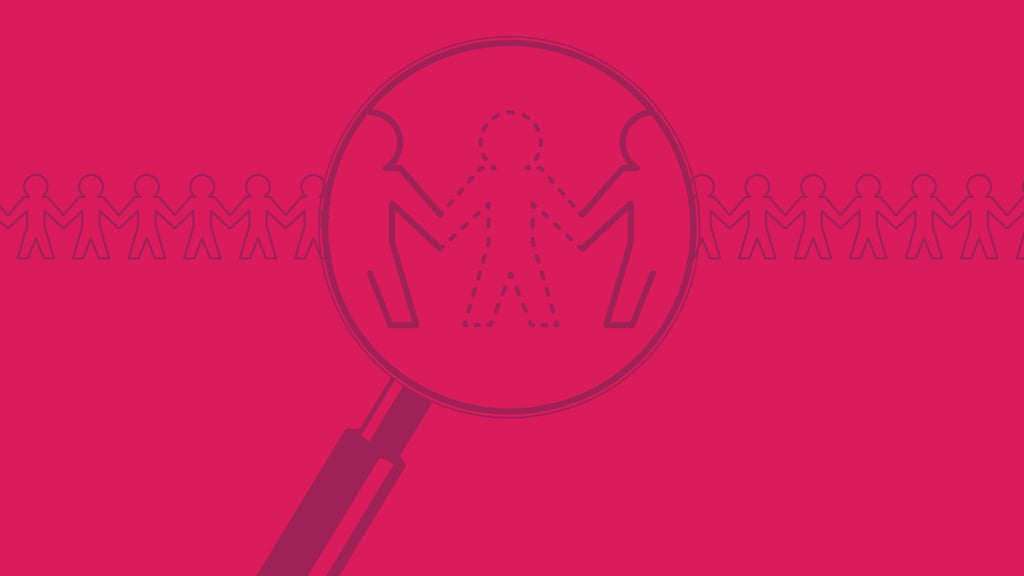Whether you’re overseeing a small team in a low-risk environment or managing a large pool of workers on a huge construction site, effective supplier communication plays a key role in a project’s outcome.
Read also: The World of Project Management: Juggling Many Responsibilities
How do you currently communicate with your external workforce? Many worksites require suppliers to observe unique safety protocols, complete site-specific training, and follow local guidelines before allowing entry. Efficient communication with suppliers - whether it be for important project updates or revised safety rules - is crucial to ensuring that your vendors are adhering to your organization’s policies.
But effective supplier communication isn’t just useful for making sure suppliers have seen your company’s communications. With the right tools, communicating to suppliers can also improve operational efficiency and address common challenges in compliance management.
Here are three key challenges that project managers encounter when working with suppliers, and how effective communication can minimize these issues:
1. Risk Mitigation and Doing Your Due Diligence
Contracted work comes with its share of risk and potential hazards, and every worksite and every project is different.
Meaningful communication to hired suppliers is essential to ensuring that they’re equipped with the knowledge and site-specific information needed to complete their job. Not only does it mitigate risk against any potential incidents, it also keeps your suppliers up to date with any changes or relevant news that might affect their tasks.
Dedicated supplier communication platforms, like Cognibox, go the extra mile and let you verify that hired suppliers are reading documents and bulletins. If something goes wrong, you can confirm whether or not they’ve followed the protocols sent to them.
It’s important to keep in mind that while communication platforms can help reduce risk and assist your due diligence process, they’re only as strong as the information being transmitted through them. So be sure your missives are clear and easily understandable for their intended audience.
2. Managing the Efficiency and Quality of Contracted Work
Without proper supplier communication, projects can stall or take longer than anticipated to complete. Frequent, purposeful communication with suppliers strengthens the quality of the work they do by reducing lost time and the need for back-and-forth. That means less hours billed and more efficient task performance.
A communication hub where suppliers and employees can review important documents, training material, and event calendars all in one place saves even more time by eliminating the need to track down the location of each of these resources. Using a cloud-based platform, any updates made by an organization to training or safety documentation is automatically pushed to the suppliers so they get the revisions in real time.
Effective communication is also about what information you withhold from your vendors. Targeting memos to relevant groups within your pool of suppliers will reduce confusion and extraneous information amongst those where the shared information doesn’t apply. That means transmitted updates should be on a need-to-know basis and only sent to applicable workers.
3. Building Stronger Business Relationships with Engaged Suppliers
An engaged supplier is a productive supplier. Regular communication with your vendors promotes a knowledgeable, resourceful work culture where suppliers feel empowered and motivated to perform their tasks at a high level.
By opening dialogues and encouraging information exchange with your suppliers, you’re not only making sure they’re informed on a project’s objectives and scope. Increased rapport and engagement established between a supplier and organization also supports a work environment where vendors feel confident in providing feedback, expertise, and suggestions on ways a project could be run more efficiently. They may also be more inclined to share their knowledge with in-house employees, further increasing the overall know-how of any worker involved in the project.
There are a lot of factors at play when it comes to effective communication with suppliers - and certainly in environments where things change by the minute. The important takeaway here is that meaningful, targeted information exchange with suppliers goes a long way to improving organizational efficiency and mitigating risk.





